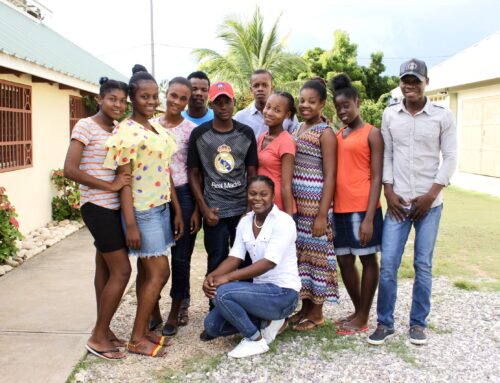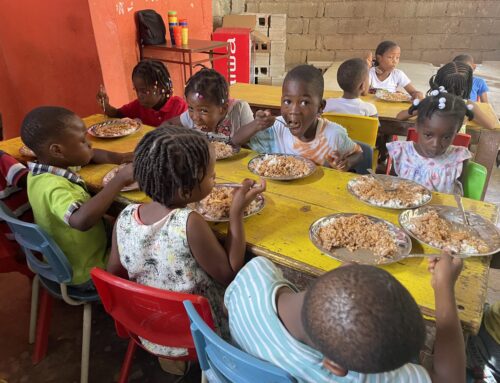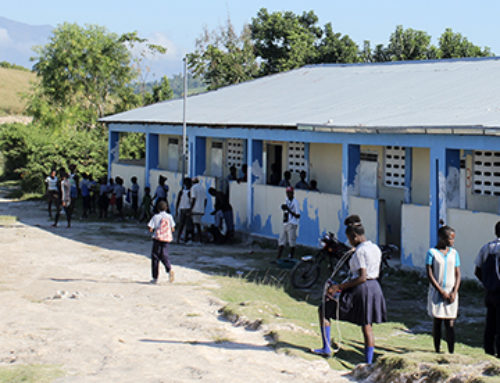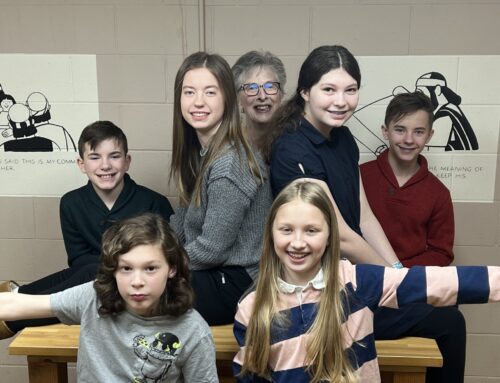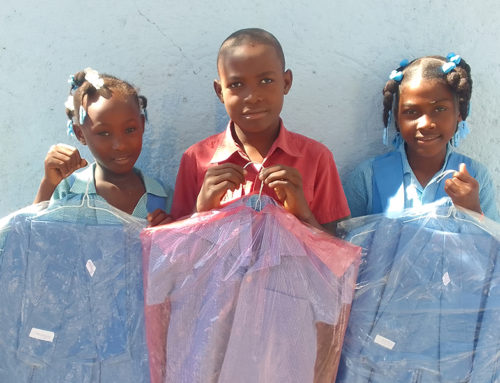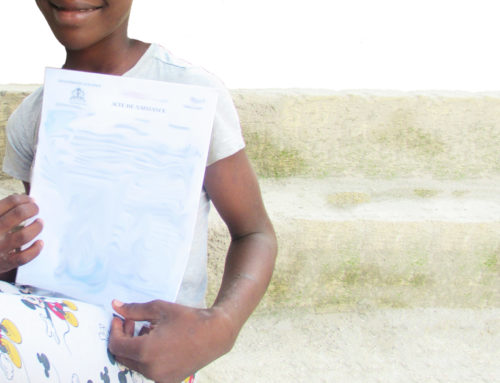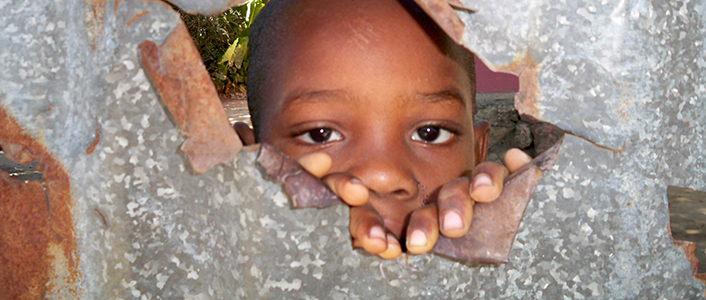
Restavek means “to stay with,” with roots coming from a mix of Creole and French. This word is used to describe a child staying with another person or extended family member who is treated as property and exploited for labor. Throughout Haiti, children from poorer areas are sent to live with wealthier families. They are promised a strong education and job prospects, but instead live in isolation, serving families through various household chores and tasks.
Restavek is a type of human trafficking. It takes children from their home, promises them something in exchange for a move away from home, and exploits them in their most vulnerable state. Researchers estimate that there is more human trafficking throughout the world today than ever before, and that around 13 million of the victims are children.
Here are 4 unbelievable facts about human trafficking, and what you can do about it:
Children and Women are Most Vulnerable
Human trafficking benefactors use children for military, labor, sex, and more. The United Nations Children’s Fund (UNICEF) estimates that 300,000 children are used to serve in armed conflicts throughout the world. While women and young girls make up the highest percentage of human trafficking, plenty of males are also victims. They are trafficked to work in the sex industry or sweatshops, domestic servitude, and agricultural work. Often times, families with little or no means will sell a child to another family in exchange for food or money. Child slavery in Haiti starts with families thinking that they are giving their children a better set of options, but instead these children are met with exploitation and isolation.
It Doesn’t Cost the Buyer Much
Child labor is inexpensive, especially considering the alternatives. In some settings, owners exchange children in restavek informally as a payment of debt. Although every country in the world has outlawed human trafficking, the practice has evolved to fit various cultures, legal systems, and economies. In Haiti, families send restavek children to live with other families, hoping for a stable environment. Human trafficking generates a profit each year between $9 billion and $30 billion. The ease and profit make human trafficking almost impossible to stop. It stops only with community education, more options for struggling families, and legislative and judicial support.
Labor Exploitation
After sexual exploitation, the most common victims of human trafficking are used for labor exploitation. The International Labor Organization estimates that human trafficking is a $150 billion industry worldwide. Through family engagement, legislative action, and community education, Restavek Freedom’s mission is aimed at ensuring that traffickers who abuse children are prosecuted and that the government creates and enforces strong anti-trafficking legislation and child labor laws. In Haiti, 1 in 15 children live in restavek, supporting the household work of wealthier families. These children in slavery work long hours in isolation for little or no pay. Far too many make dinner and eat alone, are denied schooling options, and are there to pay the debts of other family members.
It’s Also in the U.S.
Many Americans falsely assume that human trafficking is a problem that only other countries face – that, somehow, families in the U.S. are safe. However, this isn’t the case. Most human trafficking in the U.S. occurs in New York, California, and Florida. Fueled by gender and poverty exploitation and discrimination, human trafficking most often affects women and children in impoverished areas.
Join Us
At Restavek Freedom, we have purposed ourselves toward ending child slavery in Haiti in our lifetime. We have dedicated our work and our influence to freeing children from isolation, exploitation, and abuse. In addition, our work involves educating and engaging with families so children do not end up living as restavek and transforming hearts through national outreach efforts that empower change. Founded in 2007, we have a strong Haitian-led team working throughout Haiti, with staff based in Port-au-Prince and Port Salut, as well as a small support staff in Cincinnati, Ohio. Donate now, sponsor a child, and join us today to discover how you can play a part in ending child slavery in Haiti.


